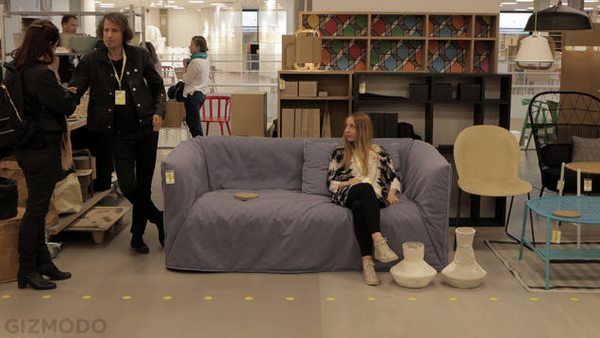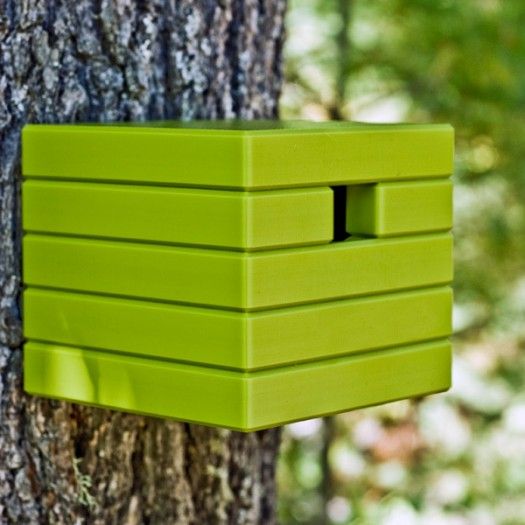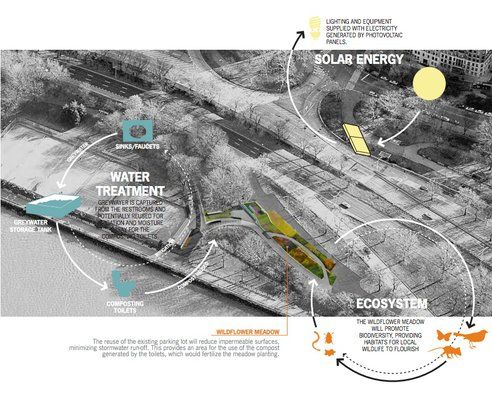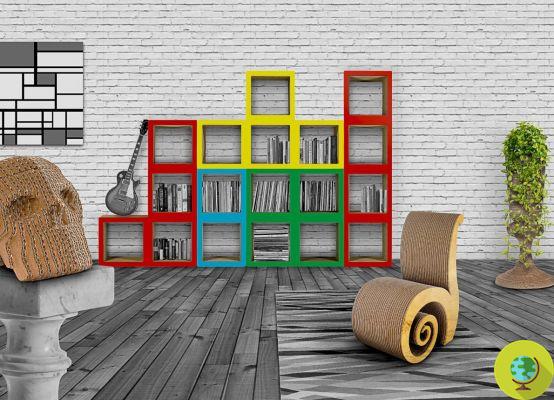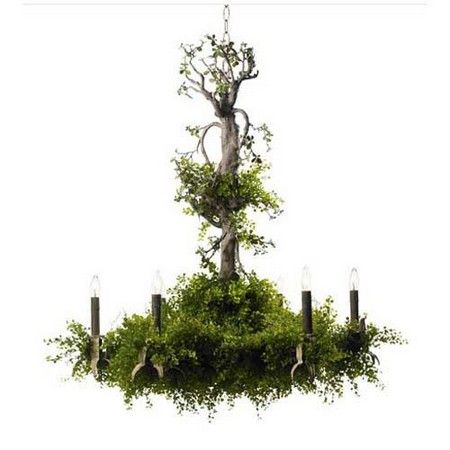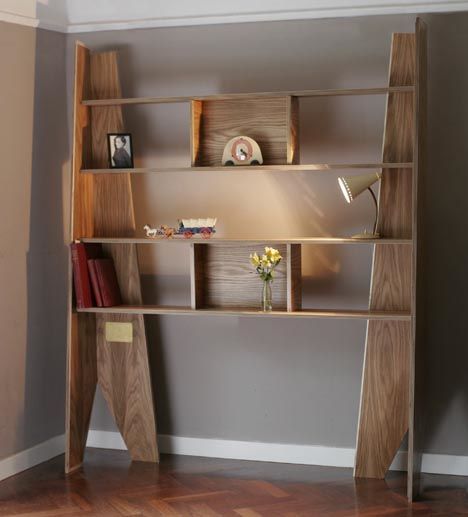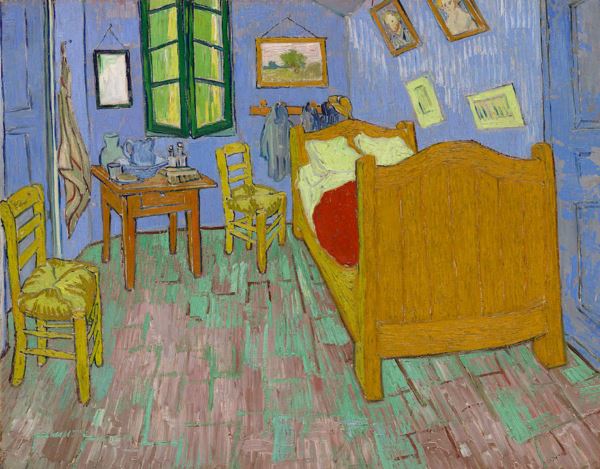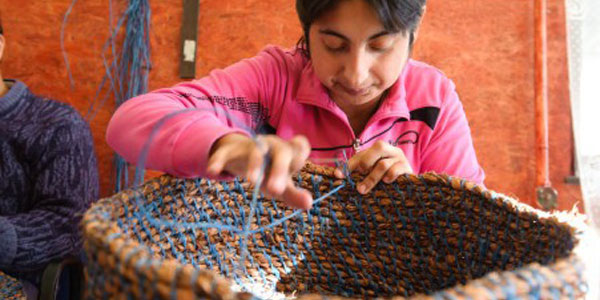Shelter Center is a Geneva-based non-governmental organization that works to support communities afflicted by natural disasters and disasters by providing them with the means and technical personnel to deal with housing emergencies. Precisely for this purpose, Shelter Center carries on the Transitional Shelter Prototypes project, which consists in the study and experimentation of temporary housing modules.
He is about to end up run over, his mother saves him
Between catastrophes caused by the hand of man e natural disasters we must always be ready to face the most disparate emergencies, especially as regards the aid to be given to the affected populations. Among the priorities there is often theaccommodation, as happened on the occasion of the recent floods in Pakistan, the tsunami 2004 in the Indian Ocean,Katrina in New Orleans in 2005 or, staying within our national borders, of earthquake of L'Aquila of 2009.
Shelter Centre is a non-governmental organization based in Geneva that deals with support communities afflicted by disasters of this kind by providing them vehicles and technical personnel to address the housing emergencies. For this very purpose, Shelter Centre carries on the project Transitional Shelter Prototypes, which consists in the study and experimentation of temporary housing modules. The idea was born on the occasion of the 2004 tsunami, to offer one decent, healthy and safe accommodation for those affected in the period that goes from a conflict or an environmental disaster to the solution of the crisis: a period of time which - it is estimated - could / should last from 2 to 5 years.
The project, which will end in September of the 2011, has already involved several designers, craftsmen and manufacturers of camp tents, for the purpose of create prototypes of temporary housing modules as practical as possible, easy to store, transport and assemble and, finally, suitable for a family of 5 people. The standards that designers must follow are illustrated in Transitional Shelter Standards and written in collaboration with humanitarian workers who have personally experienced the experience of providing relief to populations struck by disasters.
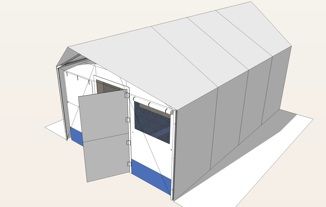
The Transistional Shelter TS20 prototype, by Nunatak Systems.
In principle, Shelter Centre tends to favor "local solutions", with theuse of materials and construction techniques typical of the area affected by the disaster, however do not distort the landscape and to face the crisis situation in the most sustainable and economic way possible. However, emergencies can be of such magnitude that the use of prefabricated tents and housing modules, to be found elsewhere and brought to the site of the catastrophe. And here the problem arises, given that the equipment supplied by humanitarian organizations is very often heavy, bulky and easily perishable, as well as difficult and expensive to transport.
Thus was born the need to study more practical and cheaper solutions: a need to which the project Transitional Shelter Prototypes is trying to answer. THE Transitional Shelter Standards offer very precise indications regarding the total weight and at maximum dimensions of the housing module and its the packaging, establishing that the whole must be easily transportable by two people. In addition, some specific parameters relating to the steppable surface that the form must have, atminimum height, To ventilation, All 'thermal insulation, To fire resistant, to the total non-toxicity of the materials used, up to confidentiality that the environment must ensure for the people who live there.
Until today Shelter Centre collected six projects, published in Transitional Shelter Prototypes Booklet (which you can view in pdf at this link): these are prototypes that are currently still subject to test of various kinds, to test the resistance to different environmental conditions, and which, consequently, should not be considered as definitive. However, they can offer a very interesting idea of where the project is moving. Pending its completion in the fall of 2011.
Lisa Vagnozzi
Photo: one of the six prototypes presented at the Shelter Center: TransHome, by H. Sheikh Noor-ud-Din & Sons.




